Add Live Voice & Video
to Any App—Fast
Secure, scalable voice and video call API with built-in chat and compliance—no heavy lifting required.
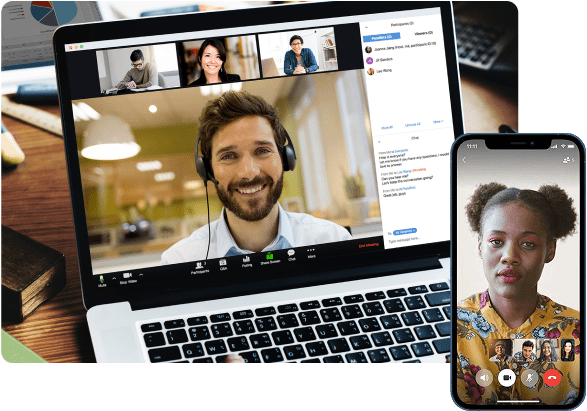
Secure, scalable voice and video call API with built-in chat and compliance—no heavy lifting required.

Add seamless voice and video calling to your platform to drive deeper user engagement. Whether connecting buyers with sellers, patients with doctors, or teammates in a remote workspace, live communication builds trust and improves satisfaction.
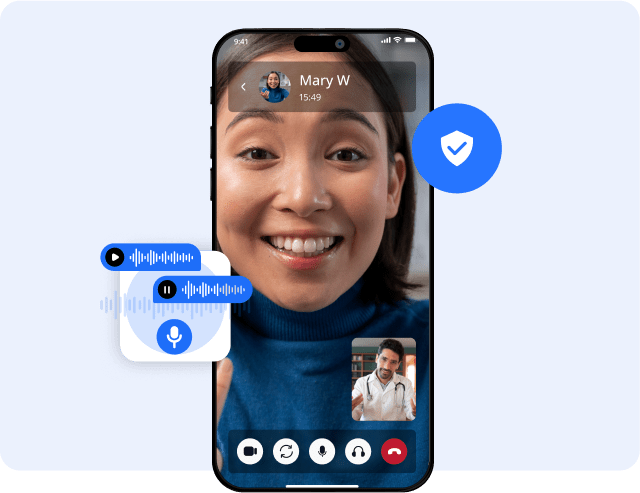
 One‑to‑one calls: Private voice and video chats for direct, secure conversations.
One‑to‑one calls: Private voice and video chats for direct, secure conversations.  Group calls: Connect up to 4 users in real-time video calls or audio calls.
Group calls: Connect up to 4 users in real-time video calls or audio calls. Screen share: Collaborate instantly — present, guide, and share content live.
Screen share: Collaborate instantly — present, guide, and share content live. Call recording: Record calls for training, compliance, or future reference
Call recording: Record calls for training, compliance, or future reference Chat integration: Enhance video calls with built-in real-time messaging.
Chat integration: Enhance video calls with built-in real-time messaging.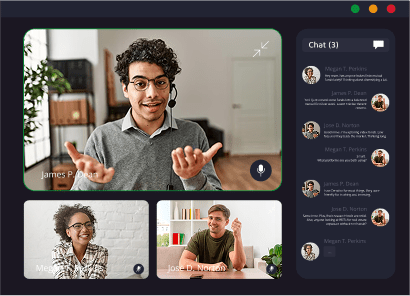
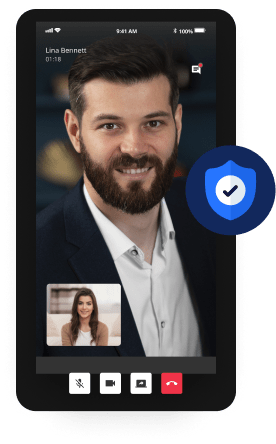
 WebRTC Technology
WebRTC Technology HIPAA & GDPR Compliant
HIPAA & GDPR Compliant Flexible Hosting
Flexible Hosting User Authentication
User Authentication Encrypted Media
Encrypted MediaFor group calls for over 4 participants use QuickBlox video conferencing solution—ideal for business meetings, telehealth, education, and more.
 Built on top of WebRTC SFU technology
Built on top of WebRTC SFU technology Supports 10–12 participants
Supports 10–12 participants Encrypted and HIPAA compliant
Encrypted and HIPAA compliant
Skip the build and launch faster with Q-Consultation—our white-label, HIPAA-compliant video consultation app.
Fully customizable, secure, and designed for healthcare and service-based industries.
Explore Q-Consultation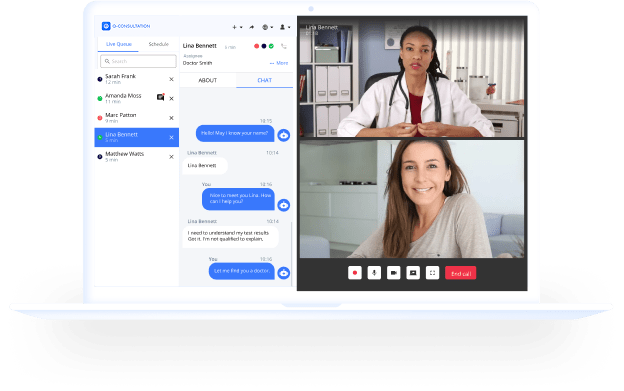
Build faster with tools made for you.
Video chat APIs for every platform —
iOS, Android, and Web apps.





Our voice and video SDKs comes with everything developers need for quick, hassle-free integration
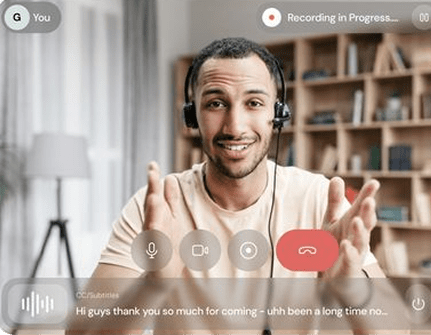
ETry our live video calling demo and experience the quality for yourself.
Get started with our powerful voice and video calling SDKs—built for fast integration, full customization, and secure communication.

A video call API or voice call API lets you embed real-time communication into your app or website. It connects users through secure peer-to-peer or server-based calls using WebRTC and a backend infrastructure.
A calling SDK—like a voice chat SDK or video chat SDK—gives developers everything they need to add high-quality voice and video features into apps. It includes built-in UI components, connection logic, and security protocols.
An API for video calling is a set of tools that enables apps to make video calls. A video chat SDK provides prebuilt components and functions to simplify integration, saving developers time and effort. QuickBlox video chat SDKs support the use and integration of our video calling API to create an innovative audio and video calling solution.
Video calls connect users directly (peer-to-peer) and are ideal for small groups. Video conferencing uses a media server to support larger groups, making it more scalable but also more costly.
WebRTC (Web Real-Time Communication) is an open-source technology that enables real-time voice, video, and data sharing directly in web and mobile apps—no plugins required. It powers QuickBlox’s video call API and voice chat SDK solutions. As the leading standard in video technology, you can be confident of building secure high-performance video chat applications.
Yes. Our video chat SDKs support Android, iOS, and web, with cross-platform options for Flutter and React Native. Whether your users are on desktop, tablet, or mobile, we’ve got you covered!
You can add video calling to your site using a video chat API or video call SDK. Just install the SDK, follow the documentation, and customize it to match your UI. QuickBlox offers a comprehensive video calling solution.
Yes! You can easily add real-time messaging to your video calling app using our cross-platform Chat APIs and SDKs. We also provide code samples to help you integrate quickly.
Yes. With QuickBlox you can host our software in our managed public cloud, within your own private cloud, or on premises. Find out more about our hosting options.
Video calls made with our SDKs are peer-to-peer, so there’s no extra charge for call minutes. Our video chat SDK handles signaling only (to start, update, or end calls), and these signaling messages count toward your monthly storage and traffic allowance.